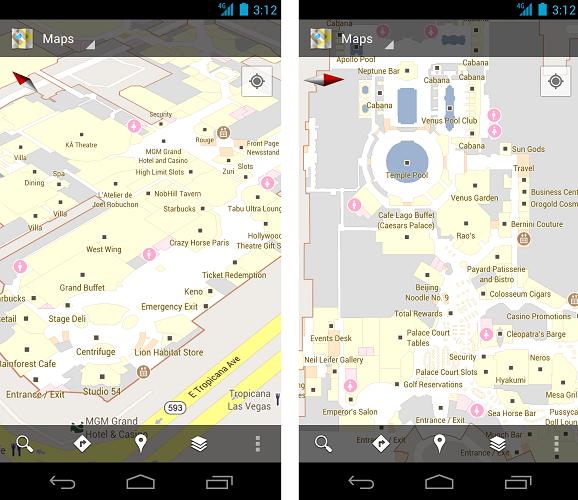Last fall, href=”http://google.com/” rel=”homepage” target=”_blank” title=”Google”>Google added support to Google href=”http://maps.google.com/” rel=”homepage” target=”_blank” title=”Google Maps”>Maps for indoor spaces. With the href=”http://www.cesweb.org/” rel=”homepage” target=”_blank” title=”Consumer Electronics Show”>CES now underway, the company is reminding its users of that relatively recent addition, and how it can be used to help navigate around labyrinthine conference spaces. While that sounds like a very apt use for the feature, Google neglected to take the time mention an update it just pushed-out to the app, which quietly landed at the href=”http://www.android.com/market/” rel=”homepage” target=”_blank” title=”Android Market”>Android Market today.
If you use Google Latitude features to keep track of where your friends are, you should start seeing a couple of nice improvements, including lower battery consumption while providing your own location and more frequent updates on your friends’ locations.
There’s another tracking-related improvement in this release, helping you follow along with the app even when you lose a GPS signal while in a public transit vehicle. Google says that Maps will now attempt to guess at your location, using its expectations about the public transit route combined with speed data, presumably from the phone’s accelerometer. That sounds more reliable than using an accelerometer alone for inertial guidance, but we’d love to hear a first-hand account of just how well it works in practice.
Finally, the update provides a new feedback tool, and now offers additional route options when planning trips using public transport.
Source: Google, Android Market


